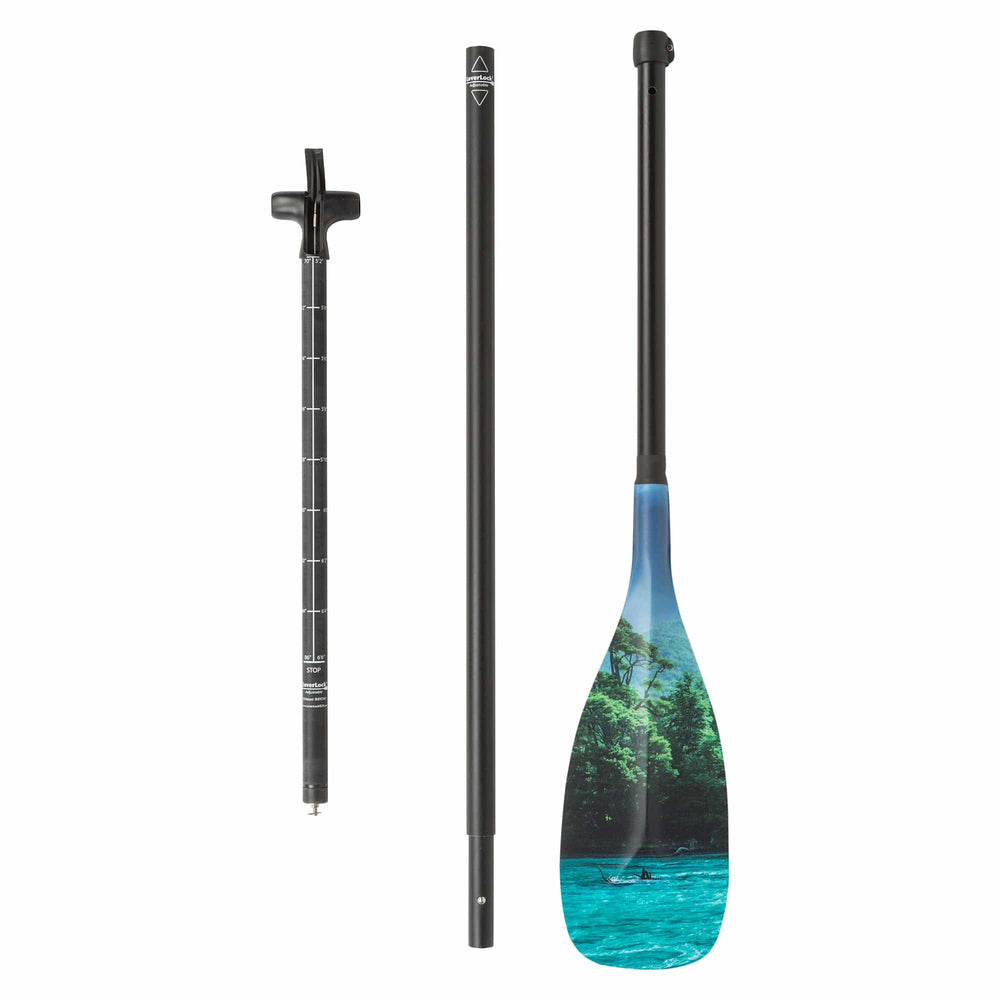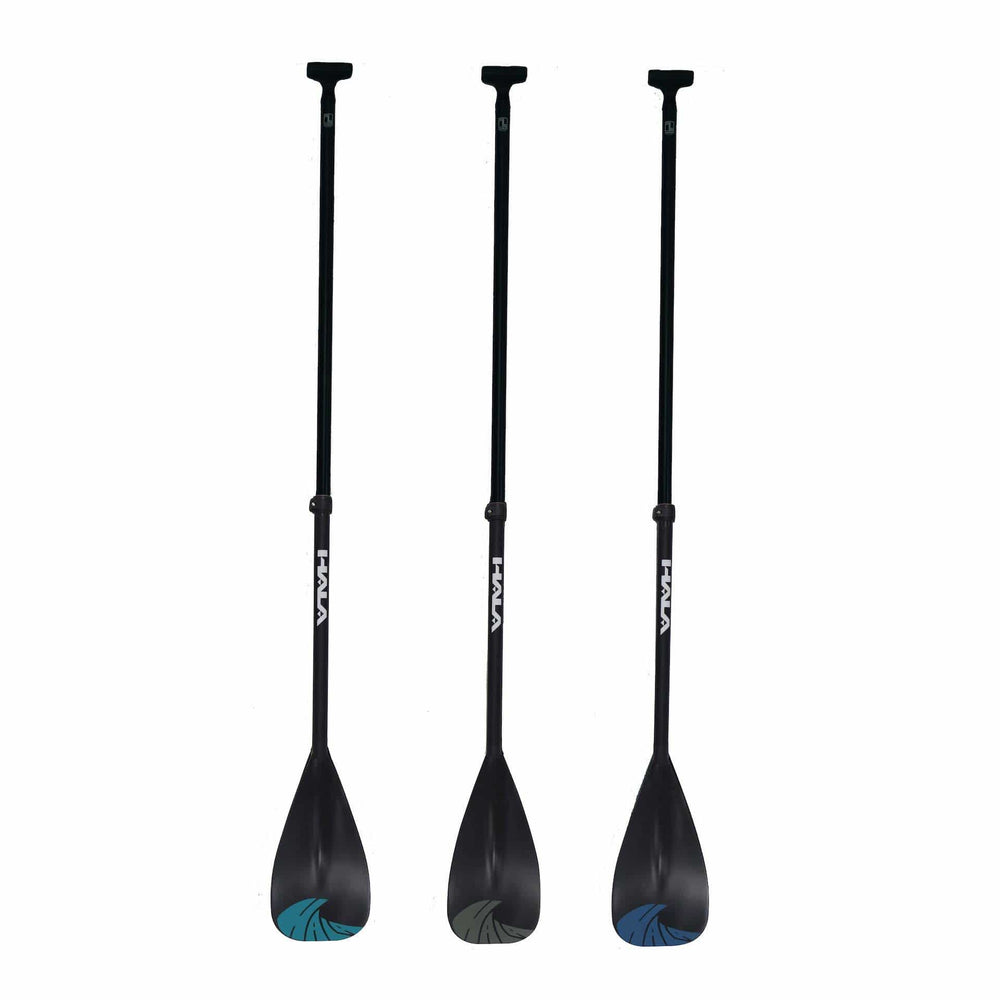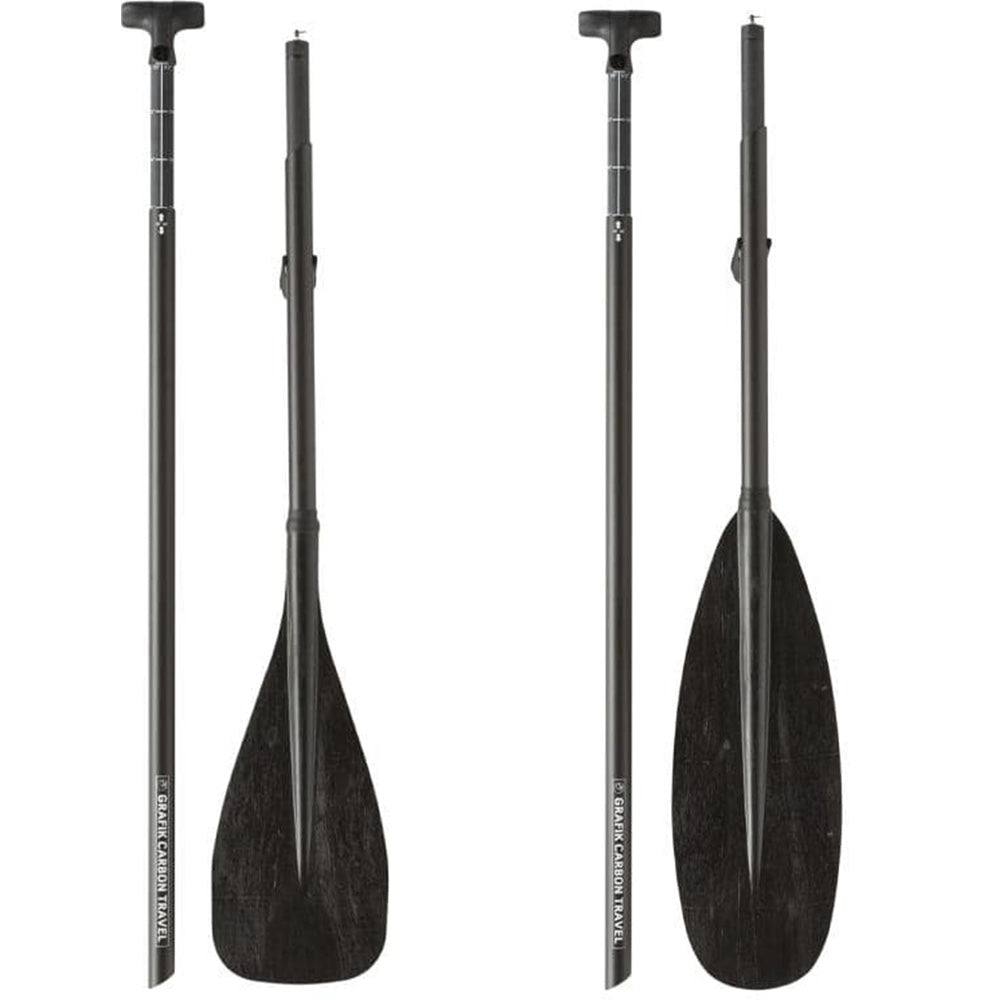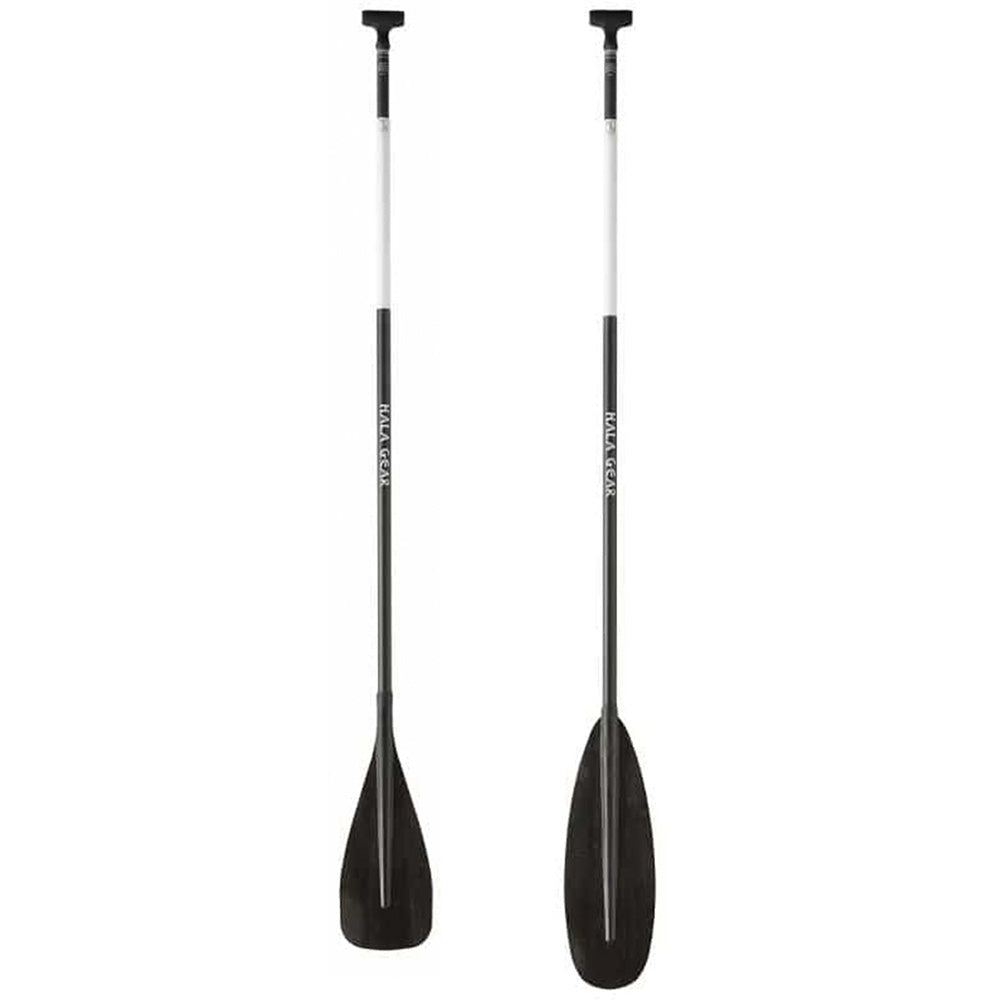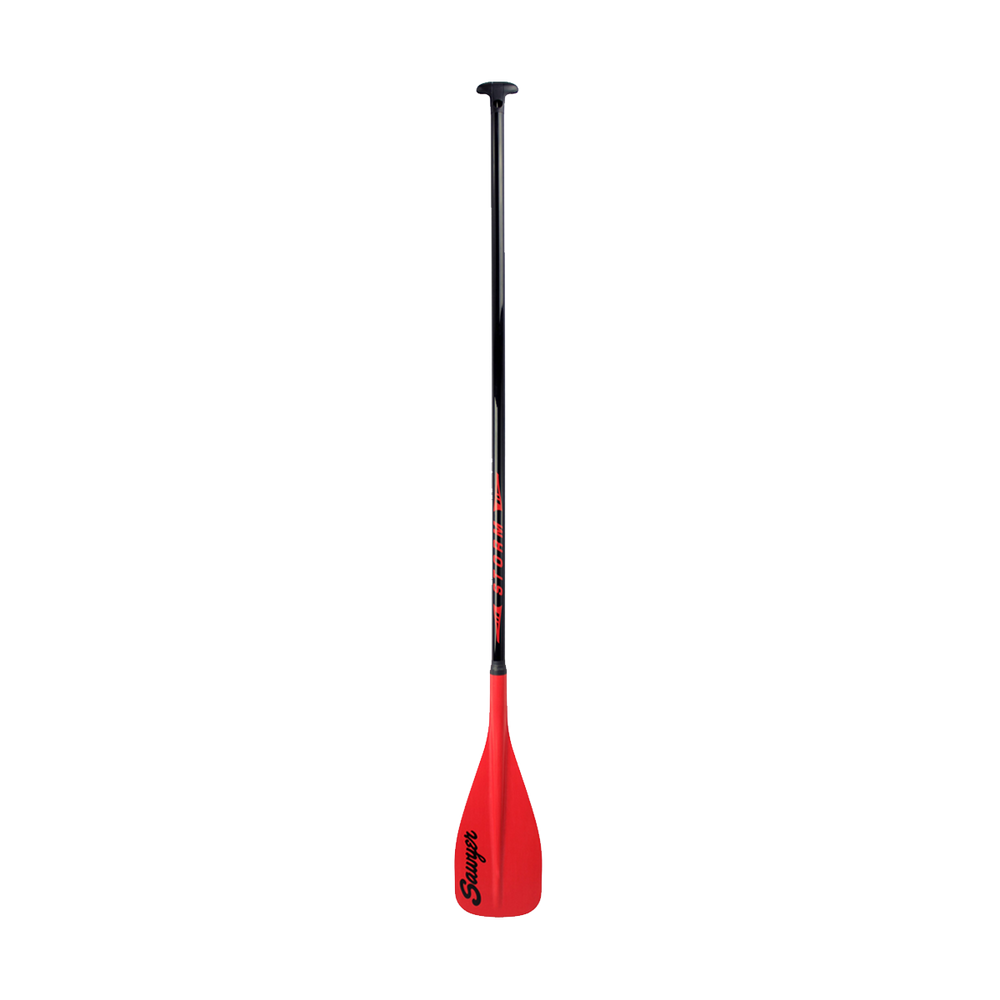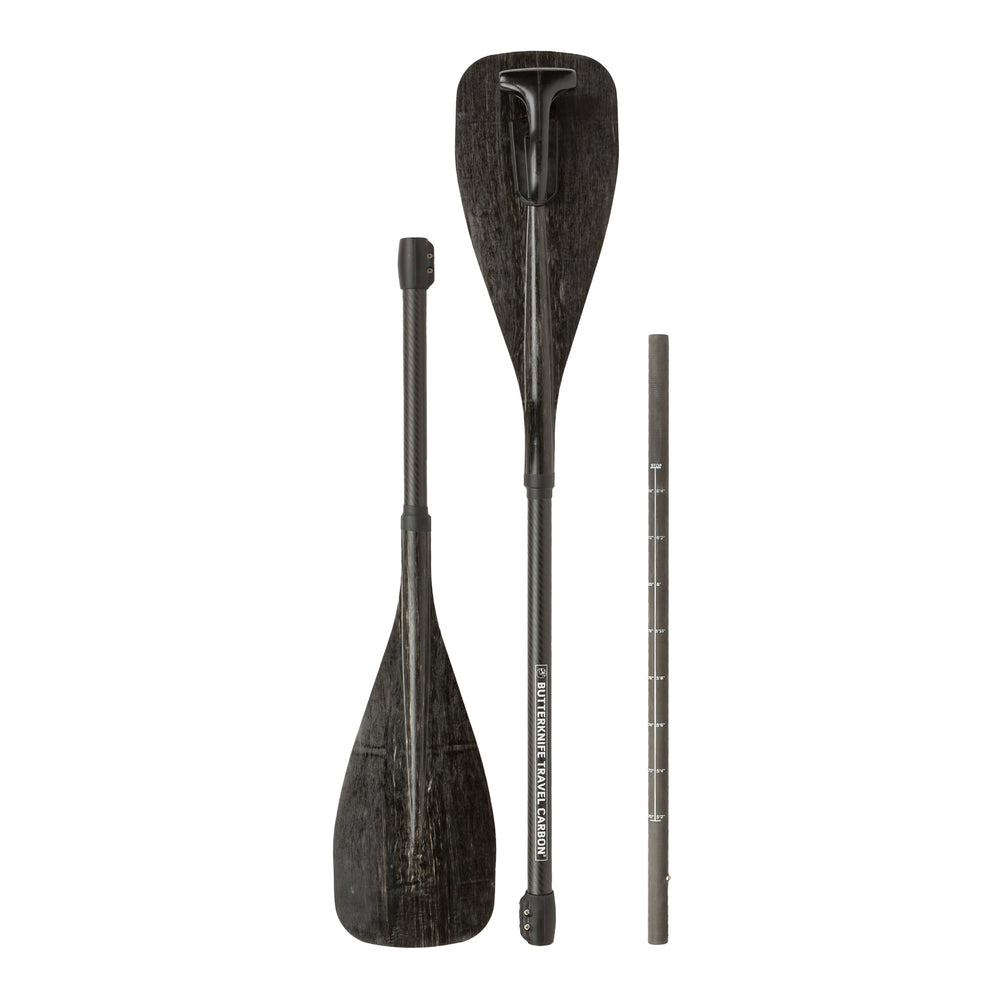July 05, 2023
Things to Consider When SUPing Waterfalls
At the extreme end of the Stand Up Paddleboarding sport are those who drop waterfalls. It takes time and practice to push the limits of SUP boarding, and no one should try a waterfall without experience, practice, and a trusted group to set safety.
Here are a few other important factors to consider when paddling waterfalls.
The Demographic of the Fall!

Every waterfall is different - and the best thing aspiring waterfall jumpers can do is start small and work up to bigger drops. However, dropping in on a SUP instead of a raft or a kayak is one of the hardest things in paddlesports.
First, you should analyze your waterfall. Talk to friends or people who have done it before. For example, the locals who wish to help push the sport or coaches/instructors. Photos and videos of the drop are also a great resource.
But nothing replaces standing on the shore and scouting the drop. Here’s a good way to remember what you should be looking for: The acronym W.O.R.M.S. Let’s take a closer look.
Water - Look closely at what the water is doing. Is it re-circulating, flowing clean, boiling up at the bottom, or changing direction pre or post-drop If the area presents more of a slide than a drop the water might change direction in the middle.
Obstacles - Look for any obstacles or things you will need to avoid pre, post, or during. Then ask yourself what features you need to avoid and if it is worth the risk. This includes knowing how deep the water is on the lead-in, the pool, and the lead-out.
Route – Once you know what the water is doing and what obstacles you should avoid, you need to figure out your route through. Scout your way through the lead-in to the drop, where you will position yourself and why, and where you need to transition.
Also, think about where your paddle needs to be, on which side, and where to go after landing. As importantly, figure out where to go if you don’t make it and need to swim.
Markers – Everything looks different when you’re in it. As you scout, find distinct features or objects to help place you in the river. For example, a certain rock can indicate where you need to start a move, a tree on shore can be a must-be here point, or an eddy after the drop can be your swim-to area.
Safety – It hopefully goes without saying that you should never run a river without safety. That can mean paddling with just one other person. When it comes to drops, the bigger, the more risk involved. Consider having a crew ready with throw bags. Take it from someone who has been held under big waterfalls. It’s not fun! So have a crew you can rely on when things don’t work out.

The Safety
Safety is so important, let’s take another look. It’s never something you want to scrimp out on. First off, bear in mind the weather, rain, and river levels. Different water levels will affect the pool and take-off depths.
And river levels can change quickly. The river might rise or fall during the day, which will increase or decrease tow back. Make sure you have a crew you trust that appreciates how tricky a drop is on a SUP.
I would recommend having at least two safety crew members with you - one to throw bag and one to take photos, and one to be ready to live bait if you end up behind the curtain.
What safety equipment do you need?
- First aid kit
- Emergency shelter & bag
- Phone (if there’s service) or PLB
- Helmet
- BA
- Quick Release leash system
- Knee pads - depending on the depth
- Shoulder pads - depending on depth - if the board stalls on the take-off touching rock below, then this normally involves you continuing to move forwards
- Leg padding - depending on the depth
- Throw bag - possibly at your lower back for added protection as well as one on the bank.

What board should you use?
Which board you use depends on a lot of things. However, in my experience, those who successfully drop waterfalls use a specific type of board. For example, look for a board with a lot of front rocker to assist in the landing. For example, the Atcha series are great for this.
In some circumstances, you will want a longer board, something like the Rado and Radito. Length can be helpful for keeping the board horizontal for longer and also allows for moving your weight forward.
My favorite waterfall dropper is the Atcha 9’6. It’s 36 inches wide and provides awesome stability for landing big drops. With its extreme front rocker, it won’t pearl on landing and instead tends to stay on the surface of the water.
The best part of Hala Gear is its durability. Waterfalls give one hell of a beatdown to SUPs so you want something durable and built to last - the thick material and welded seams, along with the stomp box all give you the reassurance to go again and again till you land it successfully!

Transition Points,Take off, Falling, and Landing
The lead-in to any drop is perhaps the most nerve-wracking. You can’t help but wonder where was the take-off point again, are my feet in the right place, is my safety paying attention to me, or are the salmon jumping upriver, and if something goes wrong, what is the backup plan?
Or if you have nerves of steel then it is the opposite, and you approach with positivity and eagerness.
As you approach the drop, take your paddle into a stern brace stance and allow your front leg to straighten, transitioning the weight onto your back foot. Try to keep your board totally flat on the takeoff and your feet weighting each side of the board evenly in a surfing stance so more weight is in the middle balance point of the board.
This will all help to keep the board in a better position for landing, and also, the weight will help to keep the nose of the board higher for longer; as such the landing is less likely to pearl and easier for the board to stay on the surface.
When you go over the lip, begin to flex your front leg (you do not want to land a drop with a straight leg… that would be a one-way ticket to gammy knees). Before landing the drop, you want to transition your weight further forward and then bring your paddle out into a braced position.

Does it count if your feet never leave the board, but the rest of you does?
Recovery and Landing
The landing is the hardest part and the one we most often get wrong. When you come in for landing, your weight has to moved back and centrally positioned. Otherwise, you will fall off the back of the board.
Your feet need to be evenly positioned (a surfing stance is far more optimal here), and both edges need to be evenly weighting. If one if more weighted than the other, you will immediately fall in that direction.
So… in short, transition your weight from your back foot onto your front to move the weight more centrally on the board. You should also be prepared with a paddle for a support stroke, as there is a good chance you will need one! Either a low brace support or possibly just into a forward paddle to help. Any paddle/water contact provides another point of stability.

The perfect example of having the weight too far forward!
The Photos!
Paddling waterfalls on a SUP is one of the hardest and riskiest things to do in any paddlesports discipline. So weigh up risk versus reward! I would recommend not paddling a drop for a cool photo or video, but if you have the skills to do drops on SUPs, then it is certainly a good way to get some cheeky profile photos or clips to show your grandkids.
Just make sure you consider all the above and really think about what board you want to be standing on (hopefully) in the air for those snaps!


